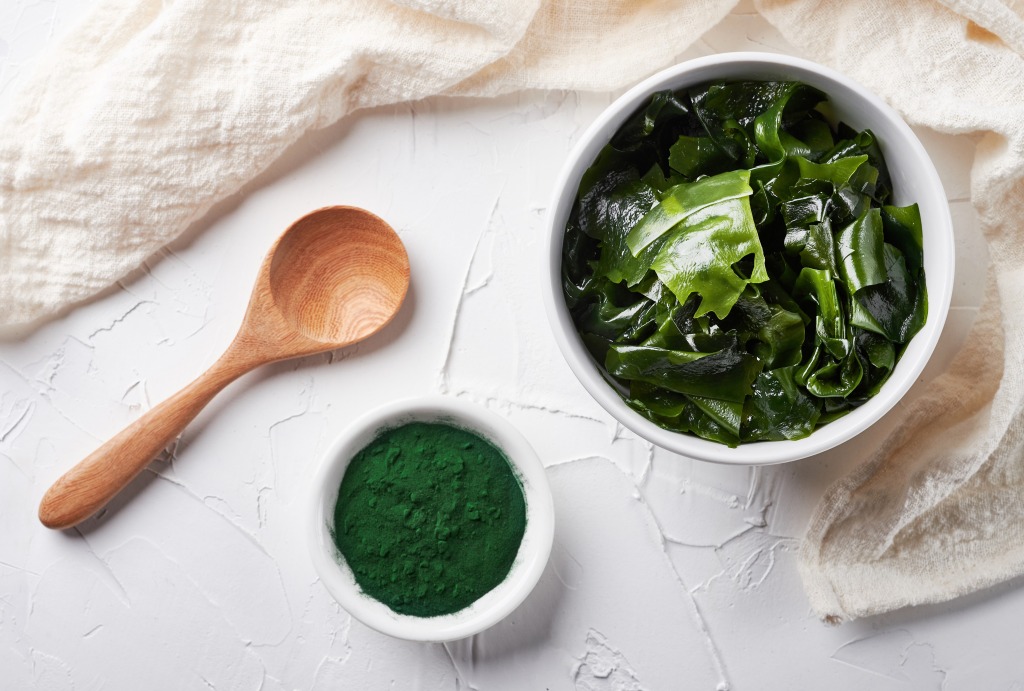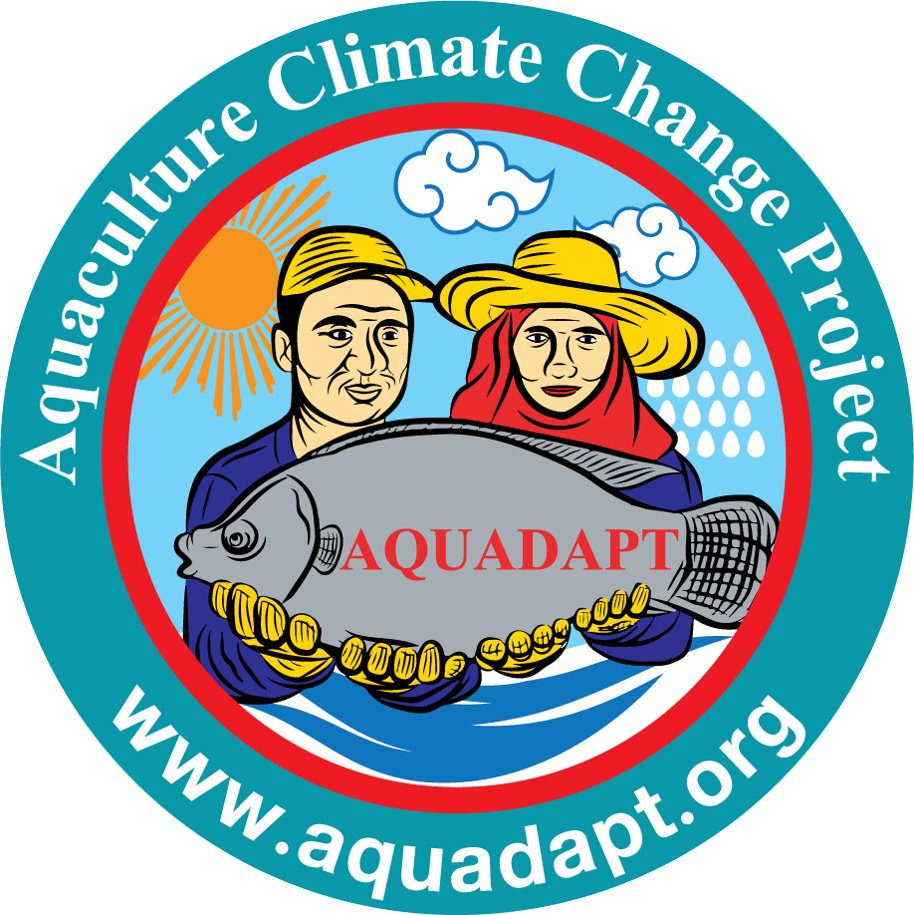Author: Dr. Doungporn Amornlerdpison, Center of Excellence in Agricultural Innovation for Graduate Entrepreneur, Maejo University

Various aquatic resources such as fish, shrimp, shellfish, crabs, and algae are commonly consumed as part of the human diet. Nonetheless, a substantial portion, estimated at 60-70%, of these resources remains underutilized or discarded, despite their potential value. This includes fish visceral fat, bones, scales, skins, shrimp and shellfish shells, and natural algae. The inadequate management and disposal of these by-products can pose significant environmental risks, particularly to natural water resources. Thus, it is imperative to adopt innovative approaches to enhance the value of these residual materials derived from large-scale aquaculture operations. This involves the strategic selection of appropriate technologies to develop novel products which demonstrate creativity, align with consumer preferences, and offer mental and practical benefits to consumers.
Shifting Perspectives
In the context of global trends towards healthy lifestyles and aging societies, Thailand’s economic strengths are tourism, agriculture, and services. Thus, the amalgamation of Thailand’s assets in these three areas into the production of health products and agritourism services constitutes an innovative approach. This strategy positions Thailand competitively in the global market.
Thailand possesses unique and outstanding agricultural resources, particularly in the realm of traditional aquaculture. An additional advance into waste management in aquaculture involves fully utilizing leftover scraps from processing and naturally occurring algae. Through the development of high-value innovative products such as functional ingredients, functional foods, nutraceutical products, and cosmeceutical products, Thailand is meeting the increased worldwide demand for these products.
Understanding the Market
In 2024, the global market value of functional foods and functional ingredients had a growth rate of 6.8%. In Thailand, the trends towards health and beauty continue to be significant drivers for sustaining continuous growth in the health products market. Particularly, various forms of functional ingredients used in the food, beverage, and cosmetics industry are in demand. Therefore, the concept of extracting residual materials from the waste of aquacultural processing to produce functional ingredients is desirable in the market, creating opportunities for sustainable marketing efforts and customer acquisition. However, it is imperative to demonstrate test results showing beneficial biological efficacy, effective dosages to be used as ingredients in health foods and cosmetics, as well as safety standards for consumers. Moreover, effective marketing strategies are essential to deliver the value of innovative products and to meet the demands of the target customer group.
Transforming Wastes: A Case Study
The research team conducted a study on bioactive compounds derived from aquaculture waste, such as functional ingredients from freshwater and seaweed algae, fish oil, crocodile oil, collagen, and protein extracts. It was found that these bioactive compounds have beneficial health effects and can serve as important components or functional ingredients in dietary supplements and cosmeceuticals. The research outcomes encompassed experiments conducted in vitro laboratory, animal studies, human tissue culture, and clinical trials in humans. Furthermore, the production scale-up of these bioactive compounds to meet industrial standards was explored, followed by market trials involving the creation of modern, convenient, and palatable packaged products. For example, Keah’s Crocodile Oil Supplements, Freshwater Fish Collagen Anti-Ageing Cream, and Spirogyra Alga Facial Biomask.
Additionally, comprehensive research information was disseminated through mobile application platforms and social media channels, forming part of the marketing strategy. This approach aimed to instill consumer confidence and facilitate continuous communication, thereby aiding informed purchasing decisions and promoting customer loyalty.
Links with Development Goals
The results of research and development into appropriate technologies for extracting and utilizing leftover residues from aquaculture, testing their efficacy, and developing market-demanded innovative products, have created business opportunities for market competition in the functional ingredients product category. This has facilitated the establishment and development of Innovation-Driven Enterprises (IDEs) in Thailand.
These align with the Nation’s economic policies, driven by the Bio-Circular-Green Economy (BCG) model that aims at achieving the Sustainable Development Goals set by the United Nations. These goals link the bioeconomy, which minimizes waste and maximizes resource efficiency with the green economy, which targets sustainable solutions to environmental pollution and long-term climate impacts. Therefore, leveraging aquaculture resources in accordance with the BCG approach will promote economic, social, and environmental sustainability for communities and IDEs engaged in sustainable aquaculture practices.
